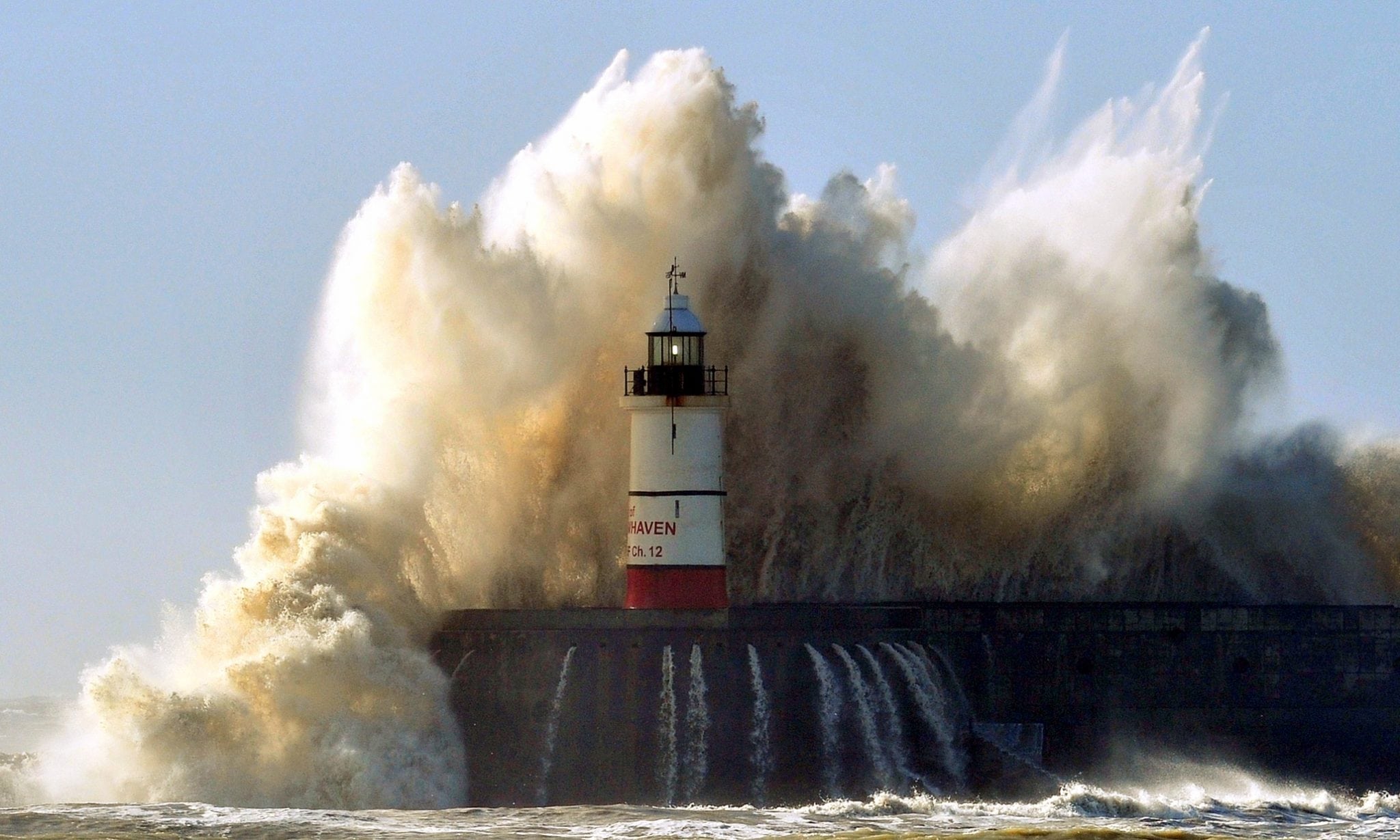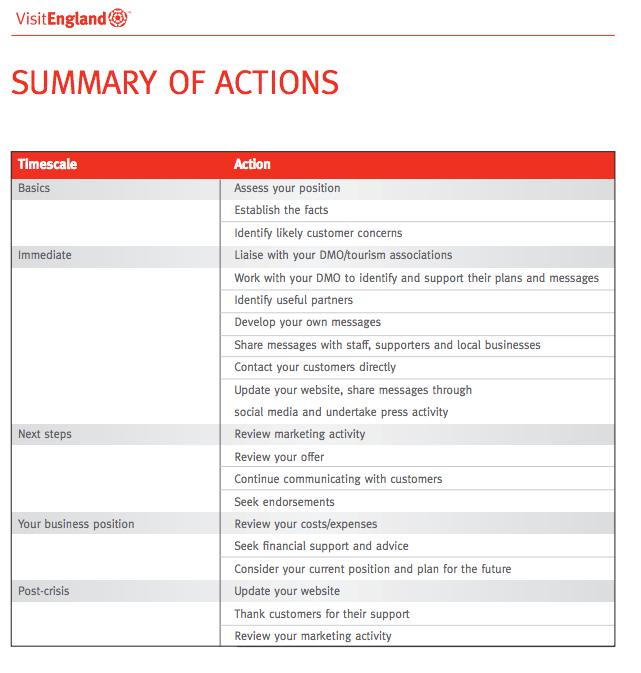Skift Take
As extreme weather patterns become more and more common across the globe every year, tourism organizations, both the governments and DMOs, will have to respond and create better resources for tourism businesses. Kudos to VisitEngland for creating this resource for its local stakeholders.
As a large part of the world is enmeshed in extreme weather patterns this winter, a lot of tourism businesses are getting affected. Most of them tend to be small and medium enterprises, and need help in navigating the new landscape, understanding how it affects their business on a day to day basis, how to respond to it, and how to communicate to its current and future customers.
The island of UK has been experiencing extreme weather and flooding in many parts of the country, and that has disrupted normal activities for a lot of destinations and the tourism businesses. VisitEngland, the tourism body responsible for England, has come out with a useful guide on responding to this extreme weather, and we thought it could be useful to businesses beyond the geographic area of England as well, and have extracted below:
Serious events…can also affect the attractiveness of a destination by damaging public realm infrastructure. All of this can impact negatively on visitors’ perceptions of personal safety, access, availability of accommodation and the likelihood of disruption to their travel plans.
The nature of media coverage means that perceptions of the scale of the problem can be exaggerated…Sensational images of flooding and storms stick in people’s minds far more easily than details of the specific locations that are actually experiencing these problems, resulting in confused consumers, false perceptions and potentially impact on future bookings.
It is important that you are able to establish an accurate assessment of the situation and pass this information on to customers and potential customers on a regular basis.
Having a simple communications plan for your business is one of the steps you can take to help manage the impact. Developing a thought-out response can ensure that you put the issue into perspective, reassure visitors and observers about the measures being taken to address the situation (if there is a problem) and fully explain the true extent of the issue.
Experience has shown that the lack of a planned, coordinated communications effort can significantly delay the time it takes for a business or destination to attract visitors back after events such as this have ended.
The aim of this plan is to provide practical guidance to help businesses affected by the extreme weather and flooding, create both an immediate and longer-term approach to communicating with their customers and signpost operators to further sources of support and advice, to help reduce the impact on their business.
The full report “Responding to extreme weather A practical guide for tourism businesses – Winter 2014” is embedded below as a PDF
The Daily Newsletter
Our daily coverage of the global travel industry. Written by editors and analysts from across Skift’s brands.
Have a confidential tip for Skift? Get in touch
Tags: climate change, england, visitengland
Photo credit: Newhaven lighthouse is battered by waves as high winds from the latest winter storm, south coast of England, February 15, 2014. Glyn Kirkglun Kirk / AFP/Getty Images

